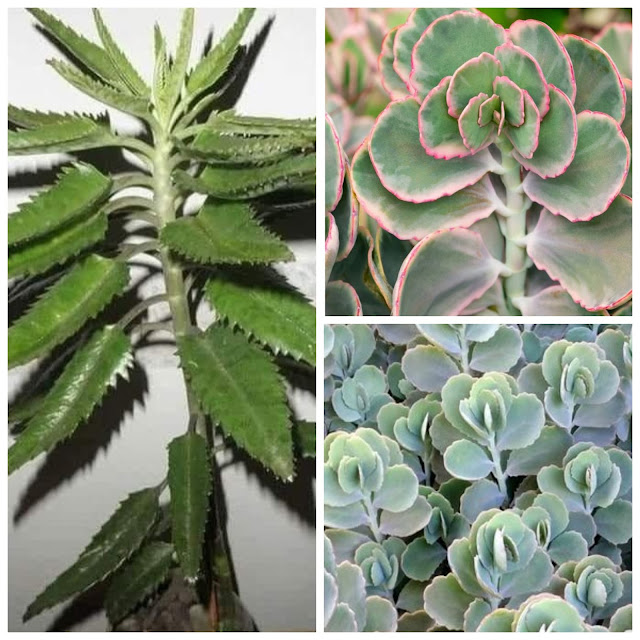Kalanchoe plants are beloved for their vibrant and long-lasting blooms, making them a popular choice among both novice and experienced gardeners. However, like any plant, they can encounter a range of issues that may hinder their growth and health. In this comprehensive guide, we will address common problems faced by Kalanchoe plant owners and provide effective solutions to ensure your plants thrive. Whether you’re dealing with wilting leaves, pests, or improper flowering, this article has got you covered!
1: Understanding Kalanchoe Plants
1.1 Overview of Kalanchoe Plants
1.2 Popular Kalanchoe Varieties
1.3 Ideal Growing Conditions
2: Common Problems and Solutions
2.1 Wilting Leaves and Overwatering
– Identifying the Issue
– Solution: Adjusting Watering Practices
2.2 Yellowing Leaves and Underwatering
– Identifying the Issue
– Solution: Proper Watering Techniques
2.3 Leggy or Weak Growth
– Identifying the Issue
– Solution: Pruning and Propagation Tips
2.4 Lack of Blooming
– Identifying the Issue
– Solution: Providing Adequate Light and Temperature
2.5 Pests and Diseases
– Identifying Common Pests and Diseases
– Solution: Natural and Chemical Control Measures
3: Kalanchoe Plant Care Tips
3.1 Watering and Drainage Guidelines
3.2 Light Requirements
3.3 Temperature and Humidity Recommendations
3.4 Fertilization Techniques
3.5 Repotting Instructions
3.6 Propagation Methods
4: The Kalanchoe plant offers several benefits, making it a popular choice among gardeners and plant enthusiasts. Here are some of the key benefits of this versatile plant:
4.1 Ornamental Beauty: Kalanchoe plants are prized for their stunning, vibrant blooms that come in various colors, including shades of red, pink, orange, yellow, and white. Their long-lasting flowers add a splash of color and beauty to indoor and outdoor spaces, making them an excellent choice for decorative purposes.
4.2 Low Maintenance: Kalanchoe plants are relatively easy to care for, making them ideal for both experienced gardeners and beginners. They have a high tolerance for drought and can survive in a range of indoor and outdoor environments. With minimal attention, Kalanchoe plants can thrive and continue to produce blooms for extended periods.4.33Air Purification: Like many other houseplants, Kalanchoe plants have the ability to improve indoor air quality by filtering harmful pollutants from the surrounding environment. They can help remove toxins such as formaldehyde, benzene, and xylene from the air, creating a healthier living space.
4.3 Medicinal Properties: Some species of Kalanchoe, such as Kalanchoe pinnata (also known as “Mother of Thousands” or “Life Plant”), have been used in traditional medicine for various health benefits. The leaves of these plants are believed to possess anti-inflammatory, antimicrobial, and wound-healing properties. However, it’s important to note that further scientific research is needed to fully understand and validate these medicinal claims.
4.4 Succulent Characteristics: Kalanchoe plants belong to the succulent family, which means they have thick, fleshy leaves that store water. This adaptation allows them to survive in arid conditions and makes them highly drought-tolerant. Their succulent nature also adds an interesting texture and visual appeal to gardens and indoor plant collections.
4.5 Easy Propagation: Kalanchoe plants are known for their ability to propagate easily from stem or leaf cuttings. This makes it simple to expand your collection or share plants with friends and family. Propagating Kalanchoe plants can be a rewarding and cost-effective way to grow more of these beautiful plants.
4.6Attracts Pollinators: The colorful flowers of Kalanchoe plants attract pollinators such as bees and butterflies, contributing to the biodiversity of your garden. By providing a food source for these beneficial insects, Kalanchoe plants can support the overall health of your garden ecosystem.
In summary, the Kalanchoe plant offers ornamental beauty, low maintenance requirements, air purification qualities, potential medicinal properties, succulent characteristics, easy propagation, and the ability to attract pollinators. With its numerous benefits, the Kalanchoe plant is a versatile and valuable addition to any garden or indoor plant collection.
With this ultimate guide to caring for Kalanchoe plants, you now have a comprehensive solution to tackle any issues that may arise while cultivating these beautiful plants. By understanding their specific needs and following the provided solutions, you can ensure your Kalanchoe plants thrive, bloom abundantly, and bring joy to your indoor or outdoor garden. Remember, a little care and attention go a long way in maintaining the health and beauty of your Kalanchoe plants.
